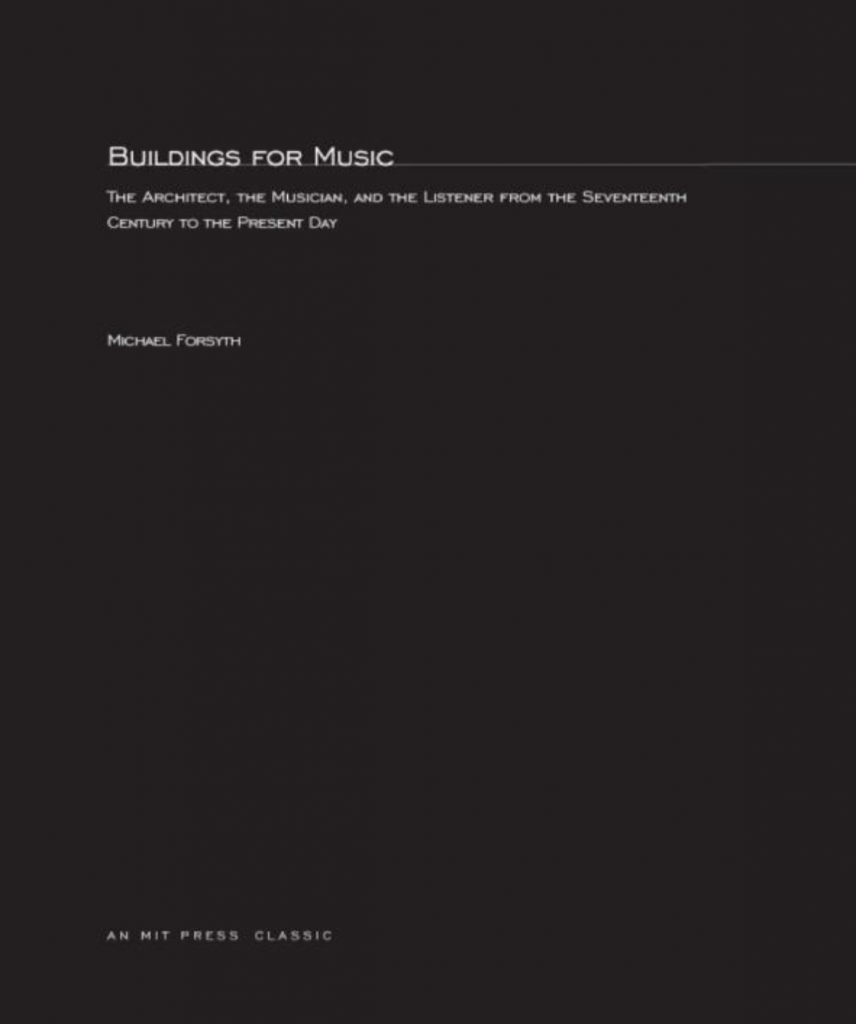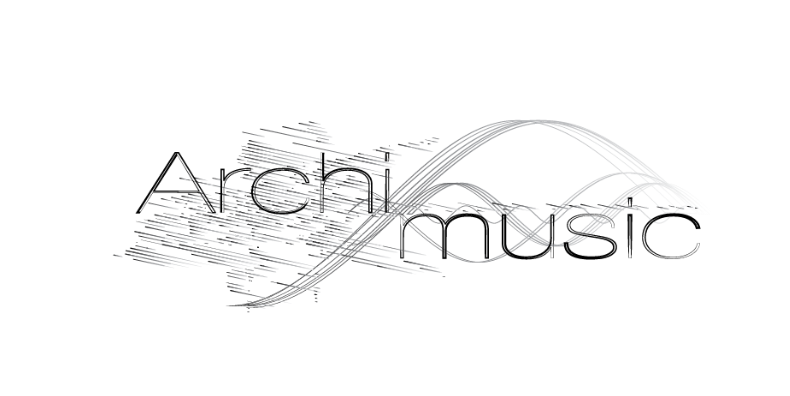Buildings for Music
- Precedent Field Text
- Author Michael Forsyth
- Date 1985

Title:
Buildings for Music:
The Architect, the Musician, and the Listener from the 17th Century to the Present Day
Author:
Michael Forsyth
Date:
1985
Publisher:
The MIT Press
Link:
Buildings for Music
Amazon
About:
From Bach’s choral works composed for performance in the Thomas-Kirche Leipzig to Stockhausen’s electronic music designed specifically for caves, the course of Western music has been closely connected to the spaces in which it has been performed. In this remarkable study, Michael Forsyth—designer of concert halls, architect, and violinist—examines the effect of musical taste and style on architecture and the reciprocal influence that buildings and their acoustics have had on musical performance and composition.
Buildings for Music opens with a description of the purpose—built music rooms in Britain and Germany from the 17th century. From there it moves to the evolution of the opera house in Italy and France, analyzing these buildings in terms of the acoustic requirements of 18th-century music in the classical style. The great 19th-century concert halls and opera houses are then described in relation to the development of Romantic music. In seeking the reasons for their excellence and flaws, the book dispels a number of acoustic myths.
The final part of the book outlines the growth of acoustic science and the parallel emergence of the 20th-century concert hall and of modern music. The influence of recording techniques and cinema design are also discussed. In closing, Forsyth looks to a future that may find its inspiration in electronics and the adjustable auditorium.



